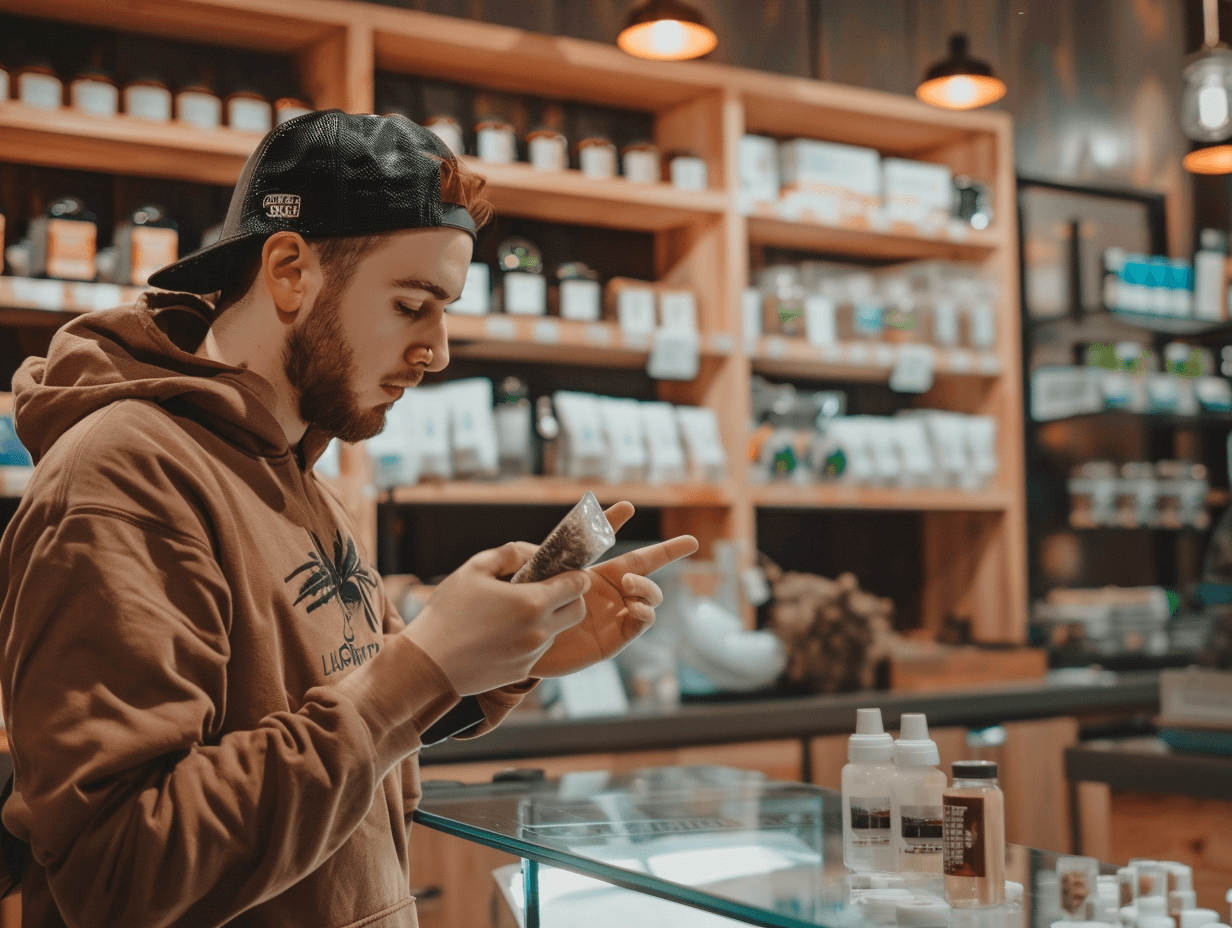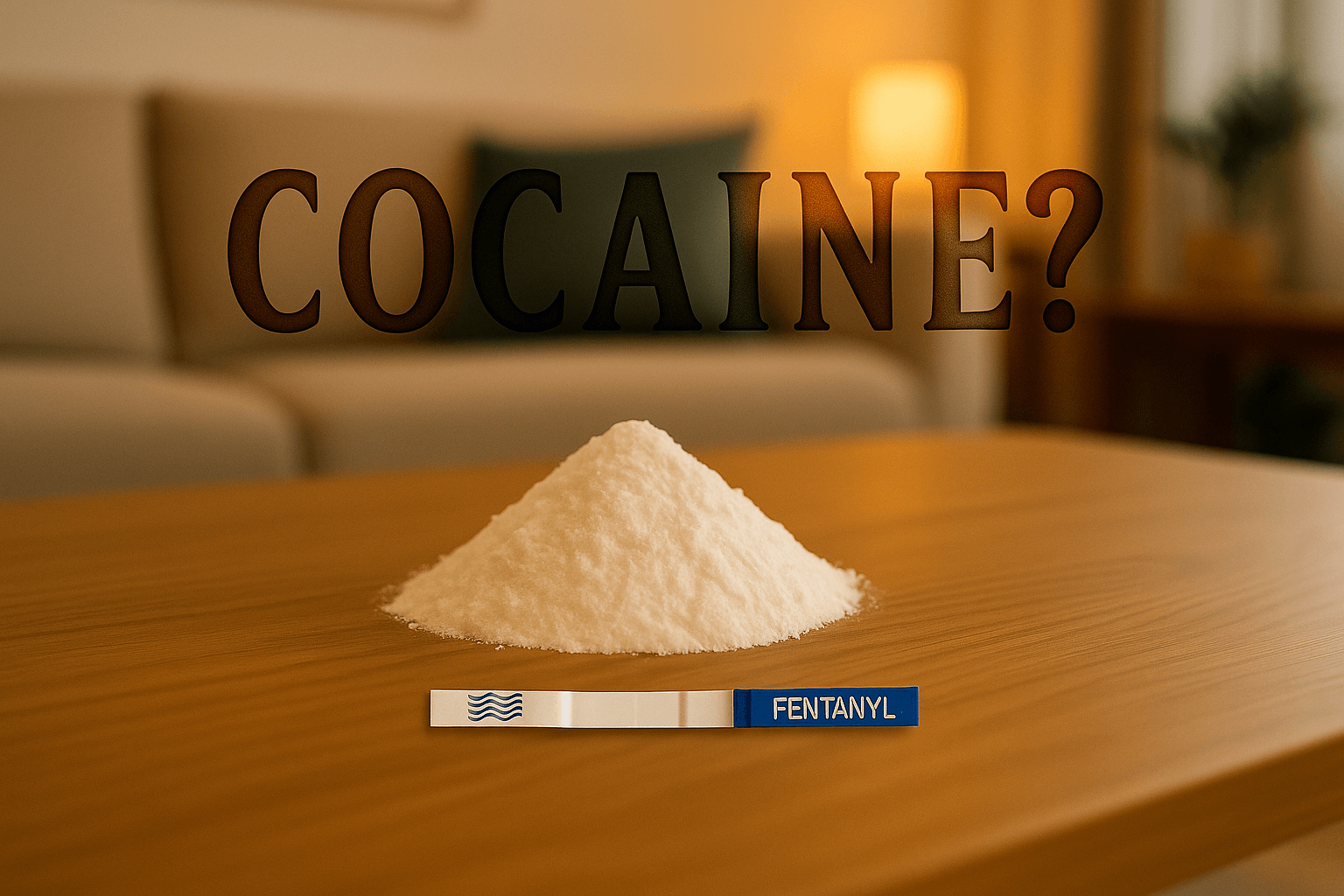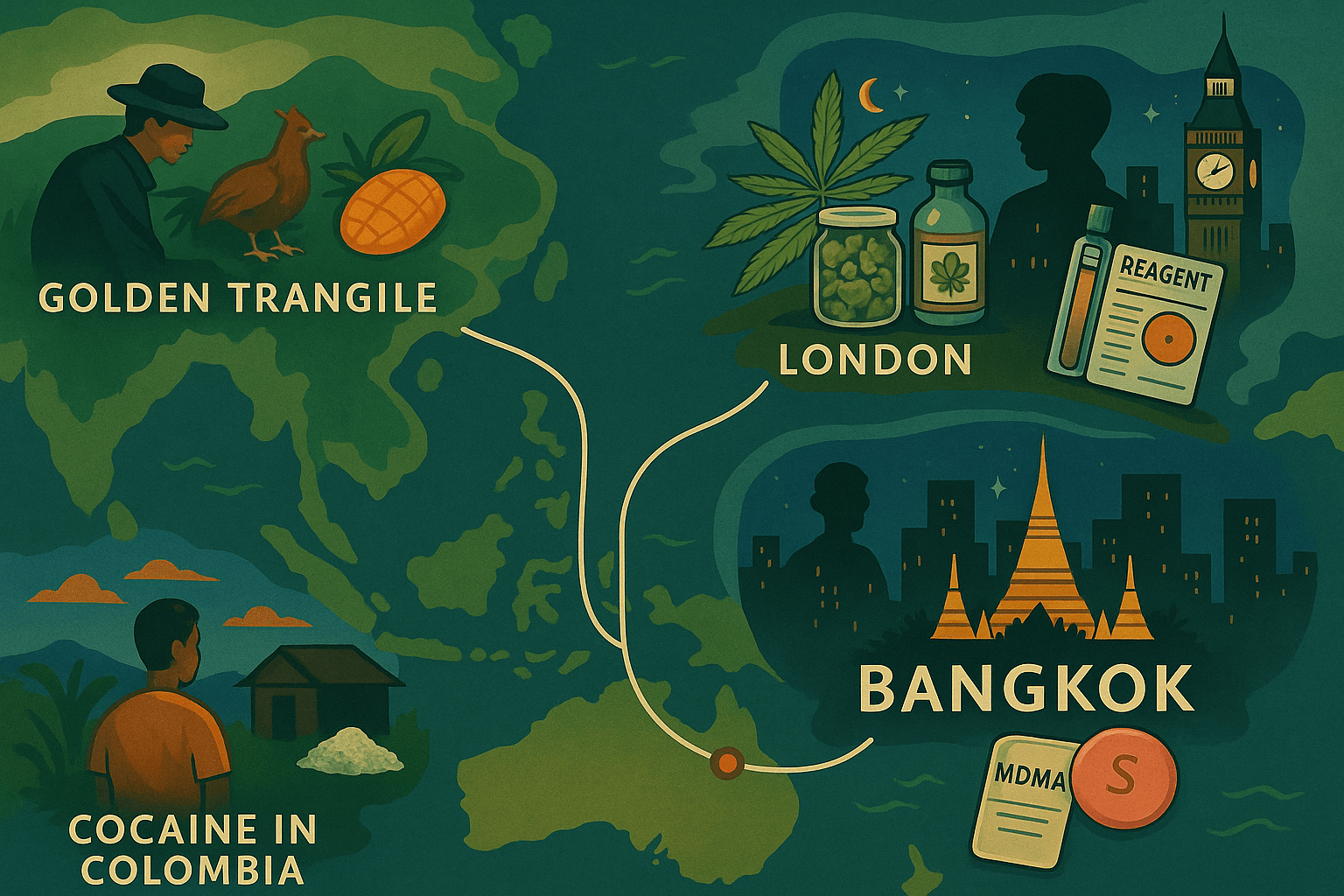In recent years, Thailand has made significant strides in liberalizing its cannabis laws, becoming the first Southeast Asian country to legalize medical marijuana in 2018 and subsequently decriminalizing the plant in 2022 1. While this progressive approach has opened up new opportunities for both consumers and businesses, it has also introduced potential risks that Thai cannabis users need to be aware of. This article explores the hidden dangers of untested cannabis and emphasizes the importance of vigilance in ensuring consumer safety.
The Changing Landscape of Cannabis in Thailand
Thailand’s journey towards cannabis legalization has been swift and revolutionary. From being strictly prohibited to becoming a cornerstone of the country’s wellness tourism, cannabis has undergone a dramatic transformation in its legal and social status 2. However, this rapid change has outpaced the establishment of comprehensive quality control measures, leaving consumers vulnerable to various risks associated with untested products.
Potential Risks of Consuming Untested Cannabis
1. Contaminants and Adulterants
Untested cannabis may contain a variety of harmful contaminants, including:
- Pesticides: Often used in cultivation, these can be harmful when inhaled or ingested.
- Heavy metals: These can accumulate in cannabis plants grown in contaminated soil.
- Mold and bacteria: Improper storage or curing can lead to the growth of potentially dangerous microorganisms.
- Residual solvents: These can remain from the extraction process used to create cannabis concentrates [3].
2. Synthetic Cannabinoids
One of the most significant dangers in the unregulated cannabis market is the presence of synthetic cannabinoids. These man-made chemicals are designed to mimic the effects of THC but can be much more potent and unpredictable. Synthetic cannabinoids have been associated with severe health risks, including psychosis, organ damage, and even death [4].
3. K3 Cannabinoids
K3, or the cannabis strain “Kinoko 3,” has gained notoriety in Thailand for its potent effects. However, there are concerns that some products labeled as K3 may actually contain synthetic cannabinoids or be adulterated to increase potency. The inconsistency in K3 products highlights the need for standardized testing and labeling [5].
The Importance of Testing
Given these risks, testing cannabis products is crucial for ensuring consumer safety. Testing can:
- Identify and quantify cannabinoid content, ensuring accurate dosing.
- Detect the presence of contaminants, adulterants, and synthetic cannabinoids.
- Verify that products meet safety standards and legal requirements.
- Provide consumers with the information they need to make informed decisions.
Empowering Consumers Through Education and Testing
As the Thai cannabis market continues to evolve, consumers must take proactive steps to protect themselves:
- Purchase from reputable sources: Buy cannabis products only from licensed dispensaries or trusted retailers who prioritize product testing and transparency.
- Look for test results: Ask for or look for certificates of analysis (COAs) that show the product has been tested for potency and purity.
- Use home testing kits: While not as comprehensive as laboratory testing, home testing kits can provide a basic screen for some contaminants and synthetic cannabinoids.
- Stay informed: Keep up-to-date with local regulations and best practices for cannabis consumption.
- Report suspicious products: If you encounter products that seem unsafe or mislabeled, report them to the appropriate authorities.
The liberalization of cannabis laws in Thailand represents a significant opportunity for both consumers and businesses. However, with this opportunity comes the responsibility to ensure that cannabis products are safe for consumption. By understanding the potential risks of untested cannabis and taking steps to verify product safety, Thai consumers can enjoy the benefits of cannabis while minimizing potential harm.
As the industry matures, it is crucial for all stakeholders – from government regulators to dispensary owners and consumers – to prioritize safety and quality control. Only through vigilance and a commitment to testing can Thailand build a cannabis market that is not only profitable but also protects public health.
- Thaiger. (2022). “Timeline: Thailand’s cannabis revolution.” Retrieved from https://thethaiger.com/hot-news/cannabis/timeline-thailands-cannabis-revolutionThaiger. (2022). “Timeline: Thailand’s cannabis revolution.” Retrieved from https://thethaiger.com/hot-news/cannabis/timeline-thailands-cannabis-revolution ↩︎
- Bangkok Post. (2023). “Cannabis tourism in Thailand: A budding industry.” Retrieved from https://www.bangkokpost.com/thailand/special-reports/cannabis-tourism-in-thailand-a-budding-industry ↩︎




